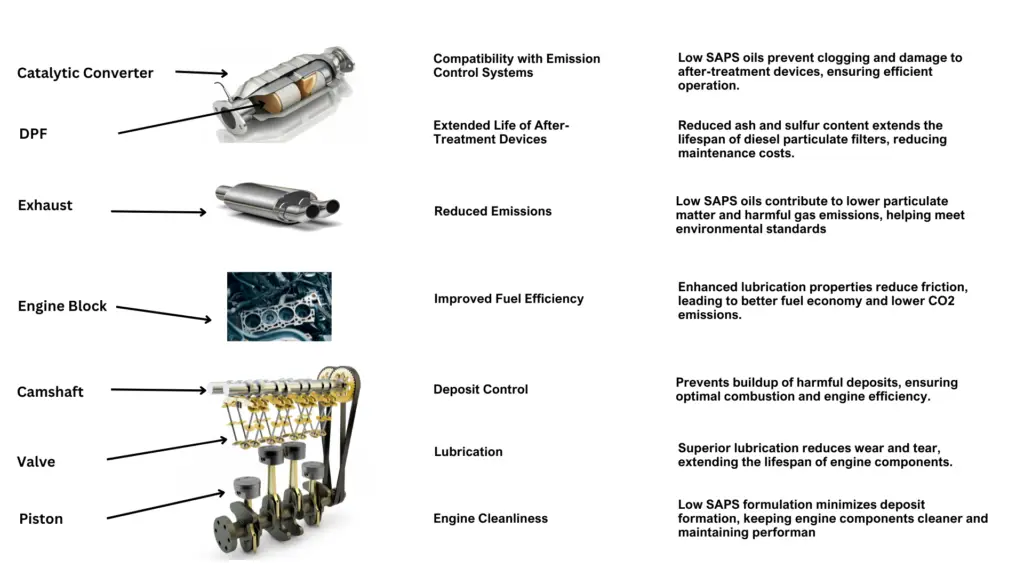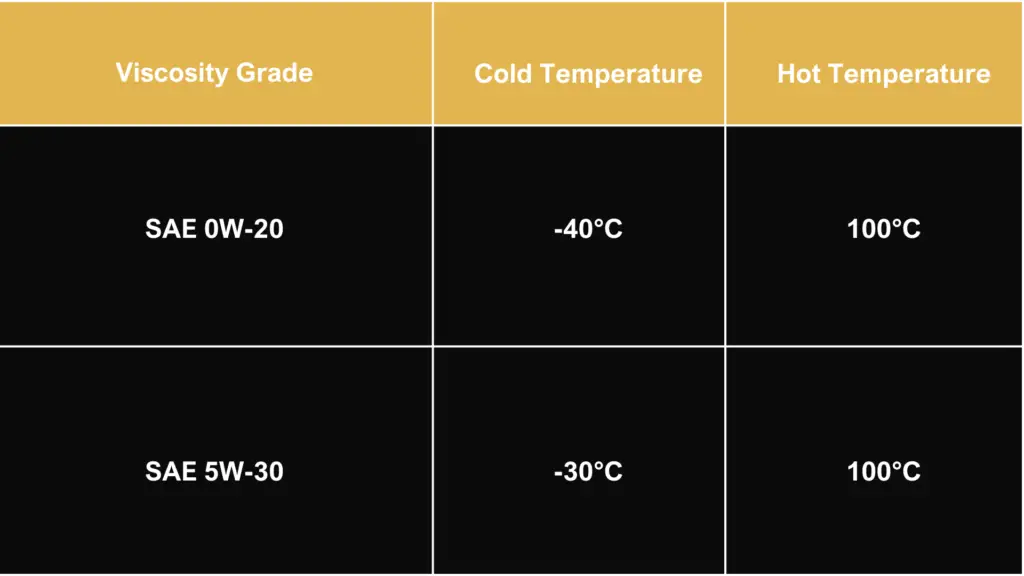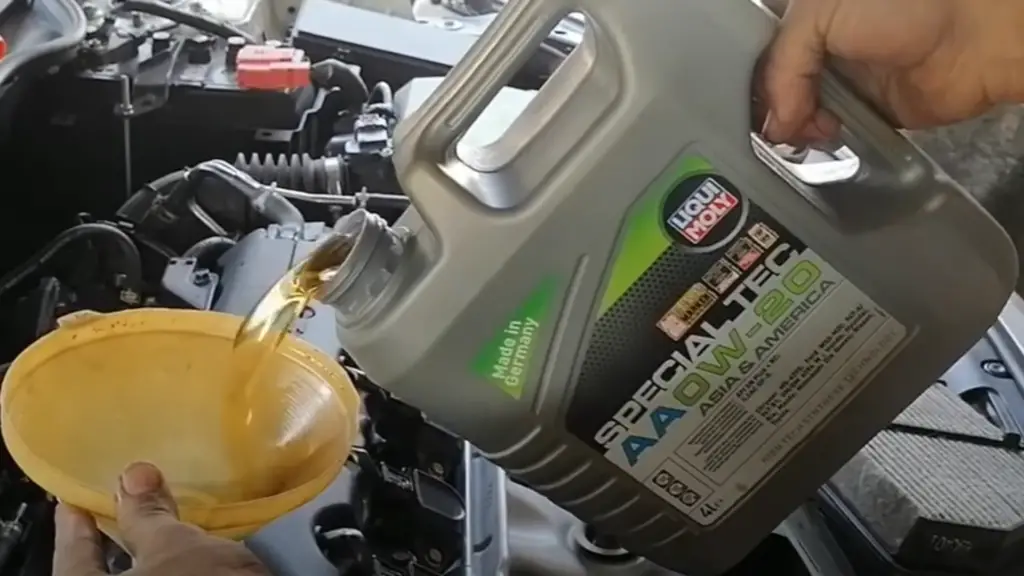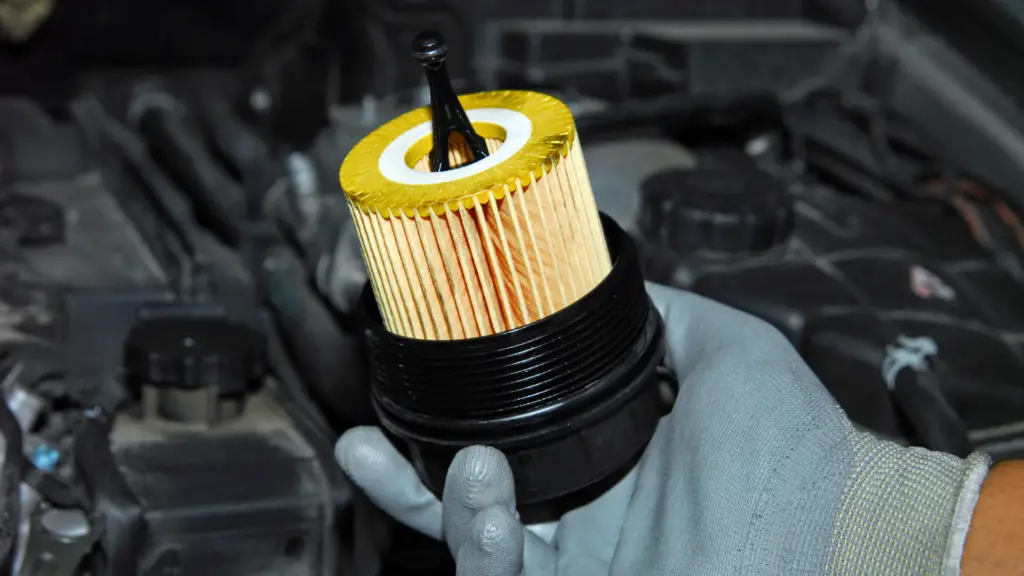“As automotive technology advances, the need for specialized engine oils that meet the specific requirements of modern engines has become increasingly important. One such specification that has gained prominence is ACEA C5. This article will explore its details, benefits, applications, and why it plays a crucial role in today’s engines.”
Introduction to ACEA C5
The Association des Constructeurs Européens d’Automobiles (ACEA) sets various oil specifications to ensure optimal engine performance and protection. Specifically, the ACEA C5 specification is designed for high-performance engines, particularly those requiring low SAPS (Sulfated Ash, Phosphorus, and Sulfur) oils. Moreover, this specification was introduced to provide superior fuel economy, enhance engine protection, and reduce environmental impact.

Key Features
Low SAPS Formulation
ACEA C5 oils have a low SAPS formulation, meaning they contain lower levels of sulfated ash, phosphorus, and sulfur. As a result, this is particularly important for protecting exhaust after-treatment systems, such as diesel particulate filters (DPFs) and catalytic converters, from clogging and damage.
Enhanced Fuel Economy
One of the primary benefits of ACEA C5 oils is their ability to improve fuel economy. These oils are formulated to reduce friction within the engine, allowing it to operate more efficiently and consume less fuel. This results in better mileage and reduced carbon emissions.
Superior Engine Protection
ACEA C5 oils offer excellent wear protection for engine components such as camshafts, pistons, and bearings. They provide a robust lubricating film that reduces wear and tear, ensuring the engine’s longevity and optimal performance.
High-Temperature Stability
Modern engines often operate at higher temperatures, making thermal stability a crucial factor. ACEA C5 oils maintain their viscosity and protective properties even under extreme temperatures, preventing oil breakdown and ensuring consistent engine performance.

Compatibility and Applications
Recommended Vehicles
ACEA C5 oils are recommended for a wide range of vehicles, particularly those with advanced engine technologies that require low SAPS oils. These include:
- Modern diesel engines with DPFs
- Gasoline engines with turbochargers
- High-performance vehicles requiring enhanced fuel economy and reduced emissions
Viscosity Grades
ACEA C5 oils are available in various viscosity grades to suit different engine requirements. The most common grades include:
- SAE 0W-20
- SAE 5W-30
These viscosity grades ensure optimal performance in various temperature conditions, providing excellent lubrication and protection.

Image suggestion: Chart displaying the different viscosity grades and their temperature ranges.
Benefits
Extended Oil Change Intervals
ACEA C5 oils are designed to last longer than conventional oils, allowing for extended oil change intervals. This reduces the frequency of oil changes and maintenance costs, making it a cost-effective choice for vehicle owners.
Improved Engine Performance
Using ACEA C5 oils ensures that the engine operates at peak performance. The oil’s superior lubrication properties reduce friction and wear, allowing the engine to run smoothly and efficiently. This results in better acceleration, power delivery, and overall driving experience.
Environmental Benefits
The low SAPS formulation of ACEA C5 oils helps reduce harmful emissions, contributing to a cleaner environment. By protecting exhaust after-treatment systems, these oils help vehicles meet stringent emission standards and reduce their environmental footprint.
Recommended ACEA C5 Oils
To ensure your engine receives the best care, it is essential to use oils that meet the ACEA C5 specification. Here are some recommended oils that you can consider:
Liqui Moly Special Tec AA 0W-20
Liqui Moly Special Tec AA is specifically formulated to meet the ACEA C5 specification, offering excellent performance and protection for modern engines.

Liqui Moly Special Tec AA 0W-20
Check Price at Amazon: Liqui Moly Special Tec AA 0W-20
Castrol EDGE 0W-20
Castrol EDGE is known for its superior performance and protection. This oil meets the ACEA C5 specification and is perfect for high-performance engines requiring low SAPS oils.

Castrol EDGE 0W-20
Check Price at Amazon: Castrol EDGE 0W-20
Mobil 1 ESP 0W-30
Mobil 1 ESP is a trusted brand, and their 0W-30 oil meets the ACEA C5 requirements, providing outstanding engine cleanliness and wear protection.

Mobil 1 ESP 0W-30
Check Price at Amazon: Mobil 1 ESP 0W-30

Liqui Moly Special Tec AA 0W-20

Castrol EDGE 0W-20

Mobil 1 ESP 0W-30
Image suggestion: Images of the recommended oil products with affiliate links.
How to Switch to ACEA C5 Oils
Switching to ACEA C5 oils is a straightforward process, but it is essential to follow the proper steps to ensure optimal results.
Preparation
Before changing the oil, gather all necessary tools and materials, including the correct grade of ACEA C5 oil, a new oil filter, a wrench, and a drain pan. Make sure the vehicle is on a level surface and the engine is warm to allow for easier oil flow.
Draining the Old Oil
- Place the drain pan under the oil drain plug.
- Use the wrench to remove the drain plug and allow the old oil to drain completely.
- Replace the drain plug securely once all the oil has drained.
Replacing the Oil Filter
- Use the wrench to remove the old oil filter.
- Lubricate the gasket of the new oil filter with a small amount of fresh oil.
- Install the new oil filter by hand, ensuring it is snug but not over-tightened.
Adding ACEA C5 Oil
- Locate the oil filler cap on top of the engine.

- Pour the recommended amount of ACEA C5 oil into the engine.

- Replace the oil filler cap and start the engine to allow the new oil to circulate.

- Check the oil level using the dipstick and add more oil if necessary.

Image suggestion: Step-by-step illustrations of the oil change process.
Conclusion
ACEA C5 is a top-tier engine oil specification designed to meet the demanding requirements of modern engines. Its numerous benefits, including enhanced fuel economy, superior wear protection, and reduced emissions, make it an excellent choice for vehicle owners looking to maintain their engine’s performance and longevity.
Regular use of ACEA C5 oils ensures that your engine remains well-lubricated, clean, and efficient, providing a smooth and enjoyable driving experience. By following the recommended oil change intervals and procedures, you can keep your engine running at its best for years to come.
Related Reads
- Understanding ILSAC GF-6: The Best Engine Oils for Modern Vehicles Another important oil specification, providing a broader context for understanding engine oil standards. Read more
- Essential Fluids: API SP and Beyond Is delves into crucial fluid specifications, offering insights to encompass a wider range of important standards. Read more
- Unveiling the Secrets of Engine Oil Blending: Can You Mix 5W-20 and 5W-30? It provides insights into the intricacies of engine oil blending, relevant to readers interested in the technical aspects of oil specifications. Read more
- Valvoline vs. Pennzoil Face-off: Narrowing Down the Best Engine Oil By comparing major engine oil brands, this article helps readers understand how ACEA C5 oils might stack up against other high-performance options. Read more
- Liqui Moly vs. Mobil 1 – Which is the Better Option? A detailed comparison of two prominent engine oil brands, offering perspectives on their products that meet various specifications, including ACEA C5. Read more


